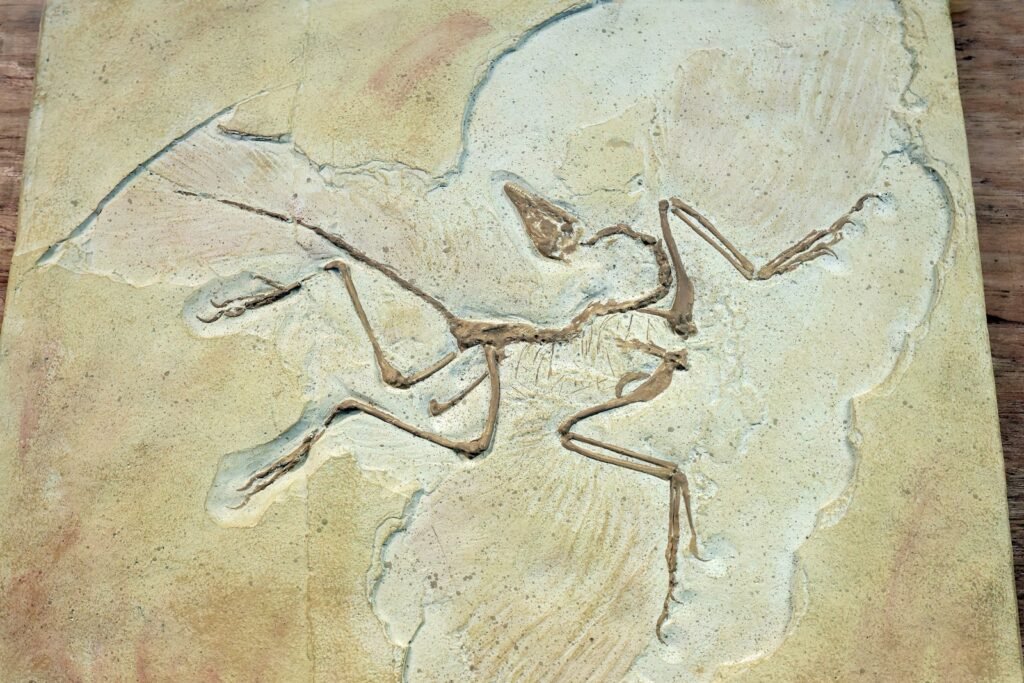For decades, the script seemed simple: dominant males set the rules, while females navigated the margins. But as new field data and smarter analytics pile up, that tidy story is cracking open to reveal something far more nuanced. Across monkeys, apes, and lemurs, power often flows like a braided river – sometimes surging through a charismatic male, sometimes pooling around tight female alliances, and often branching into shared decisions. The result isn’t a world of lone “alphas,” but of shifting leverage shaped by food, friendship, and risk. What looks like chaos at a glance turns out to be a system with rules – just not the ones we assumed.
The Hidden Clues
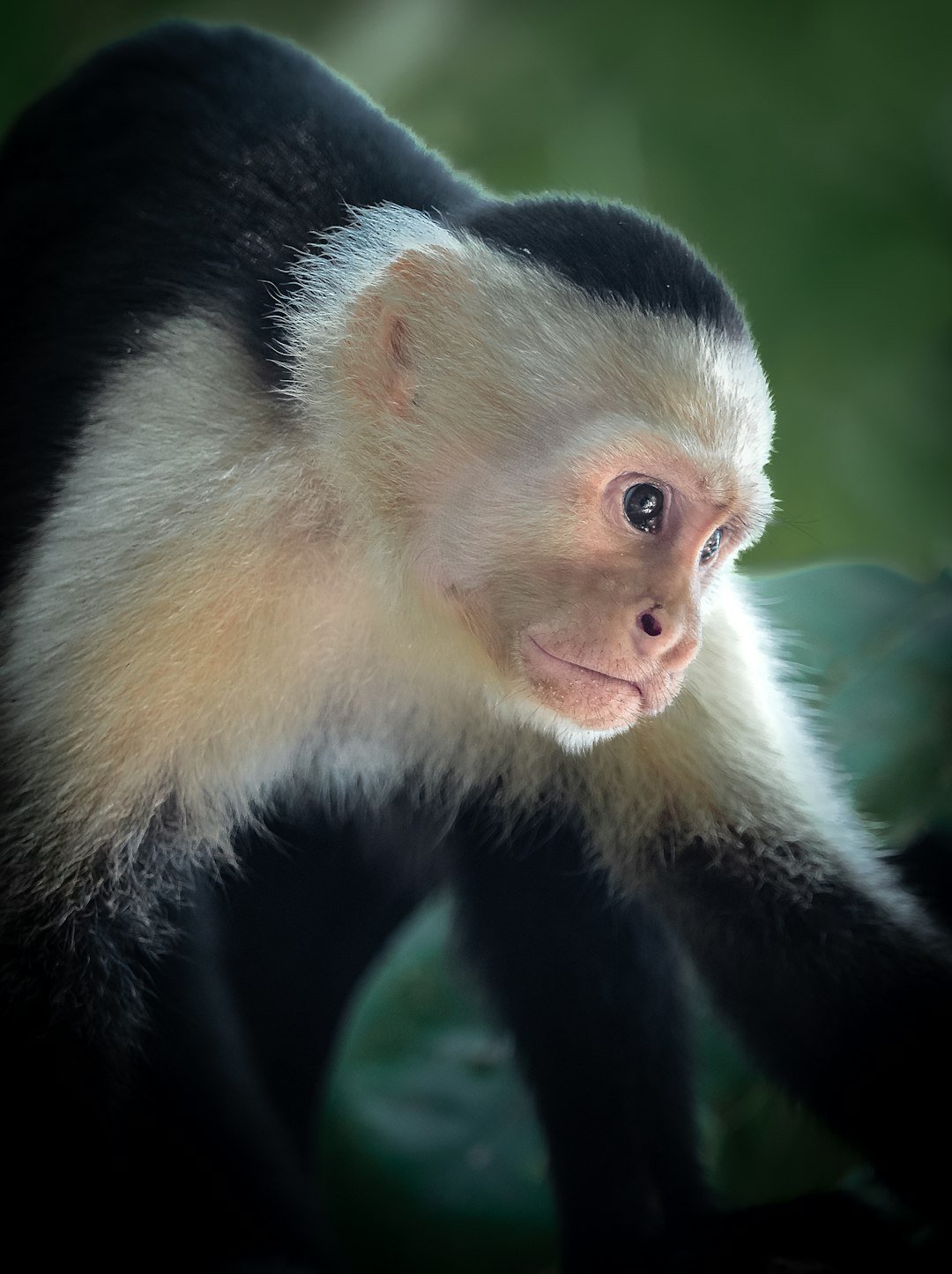
Watch a troop at dawn and you’ll see it: not a single leader barking orders, but a chorus of glances, gestures, and subtle moves that nudge the group along. Females groom in small circles that double as political hubs, while males test boundaries and read the room before pushing ahead. A young mother claims a sunny rock, and others follow – not because she won a fight, but because she won attention. Power here looks soft, but it moves bodies and redistributes food just the same.
I remember standing behind a blind as capuchins shuffled forward, expecting the biggest male to charge first; instead, the troop drifted after two senior females who knew where figs ripened overnight. That moment felt like seeing the movie from a different seat: same cast, different plot. Influence hid in routine choices, the quiet votes that add up across a day. Once you start looking for those hidden clues, the old alpha narrative suddenly feels too small.
From Field Notes to Smart Sensors
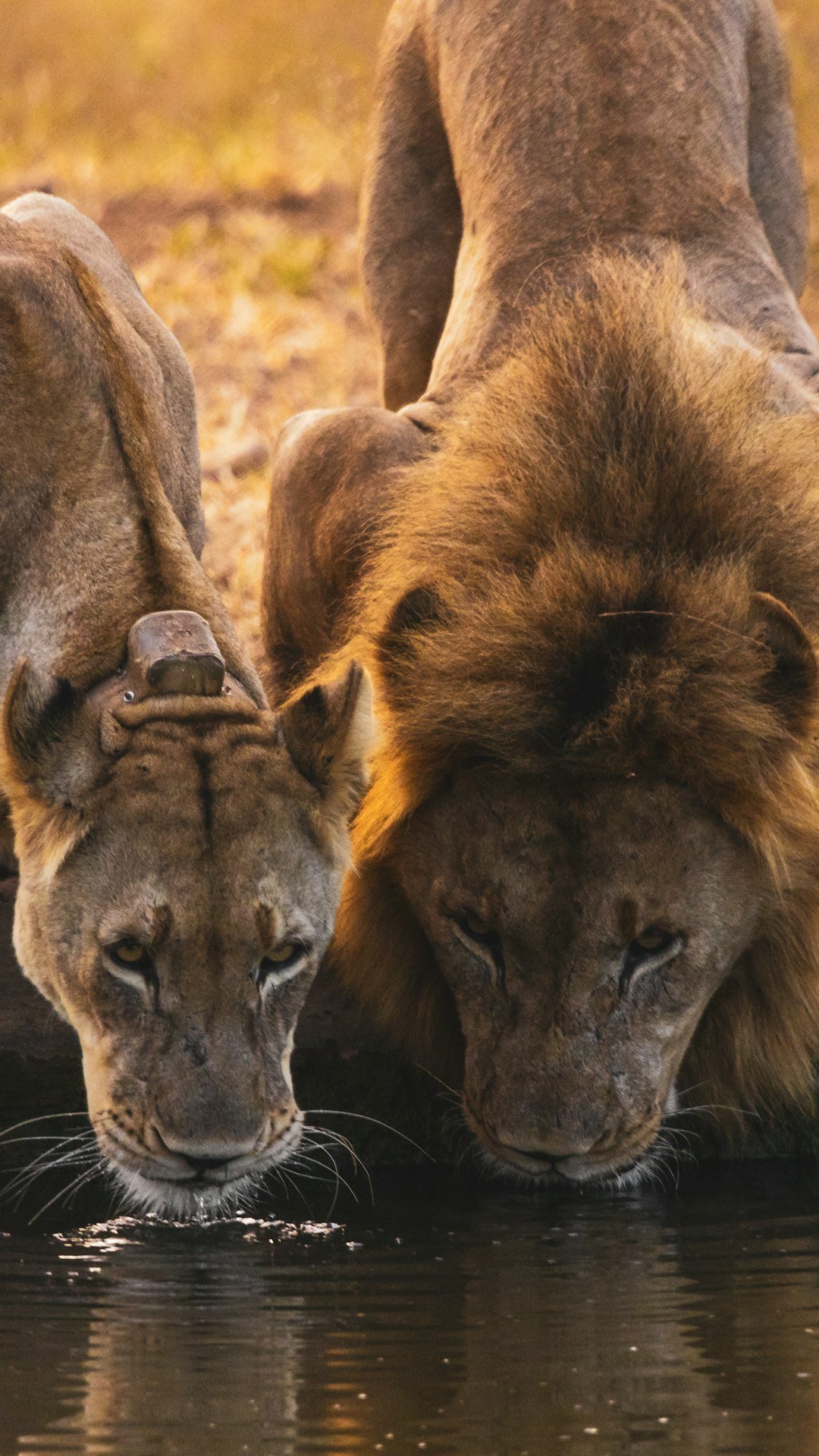
For years, researchers relied on painstaking observations and hand-drawn maps of who groomed whom, who won which skirmish, and where the group slept. Those notes were gold, but they could miss micro-movements – tiny decisions taken in seconds. Now GPS tags, accelerometers, and automated cameras capture travel paths, feeding times, and social spacing in astonishing detail. Social network analyses turn that torrent of data into maps of centrality and influence, showing whose choices ripple outward.
What’s striking is how often females anchor those networks, especially where food is patchy or seasonal. In some groups, they don’t win the most fights, yet they consistently pull travel decisions toward safer or richer spots. Males still matter – especially in intergroup conflict or predator defense – but the daily engine of group life often runs on female knowledge. The tools changed, and with them, the questions we’re able to ask.
Rethinking the Alpha
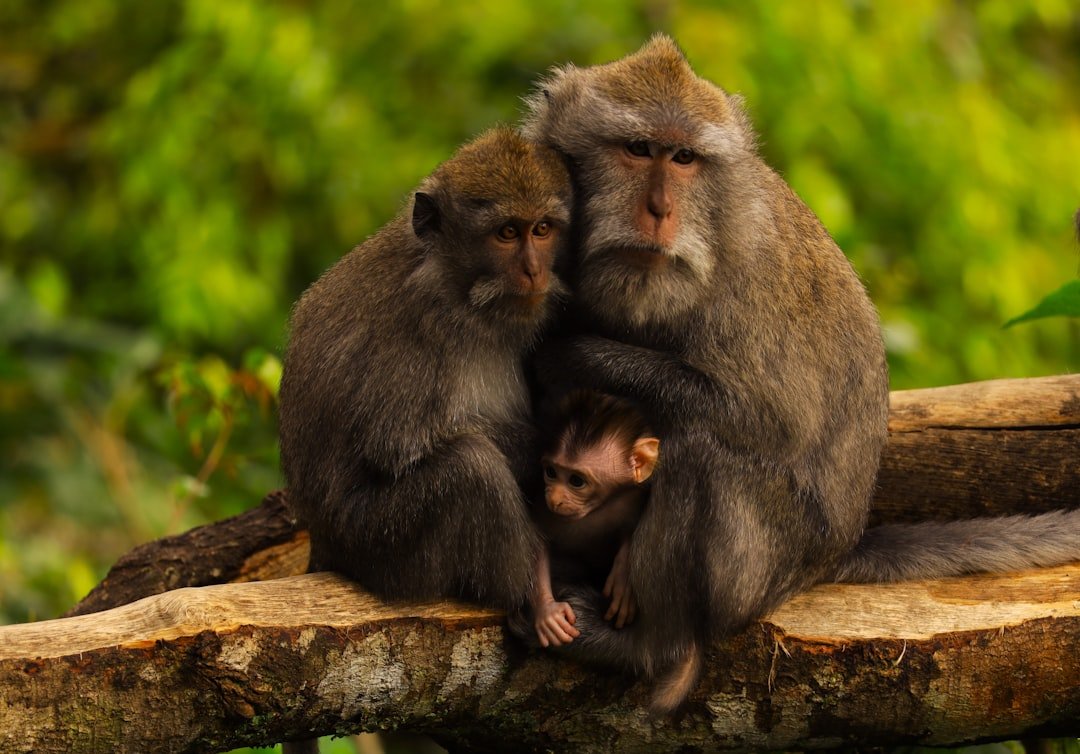
The word “alpha” sticks because it’s dramatic, but it flattens a multi-dimensional system into a single crown. Dominance – the ability to win contests – is only one axis; others include resource control, social support, and informational capital. A male might outrank everyone in direct contests while a coalition of experienced females quietly shapes feeding schedules and babysitting rotations. When threats loom, the group may defer to a bold male; when food calls for memory and timing, leadership can flow toward long-tenured females.
That blend creates a see-saw of authority that shifts hour by hour. It’s messy, but like a jazz ensemble, different instruments carry the melody at different moments. Call it distributed power: flexible, context-sensitive, and surprisingly stable over time. Once you model power as a toolkit rather than a title, many “exceptions” stop being exceptions at all.
Power in Motion
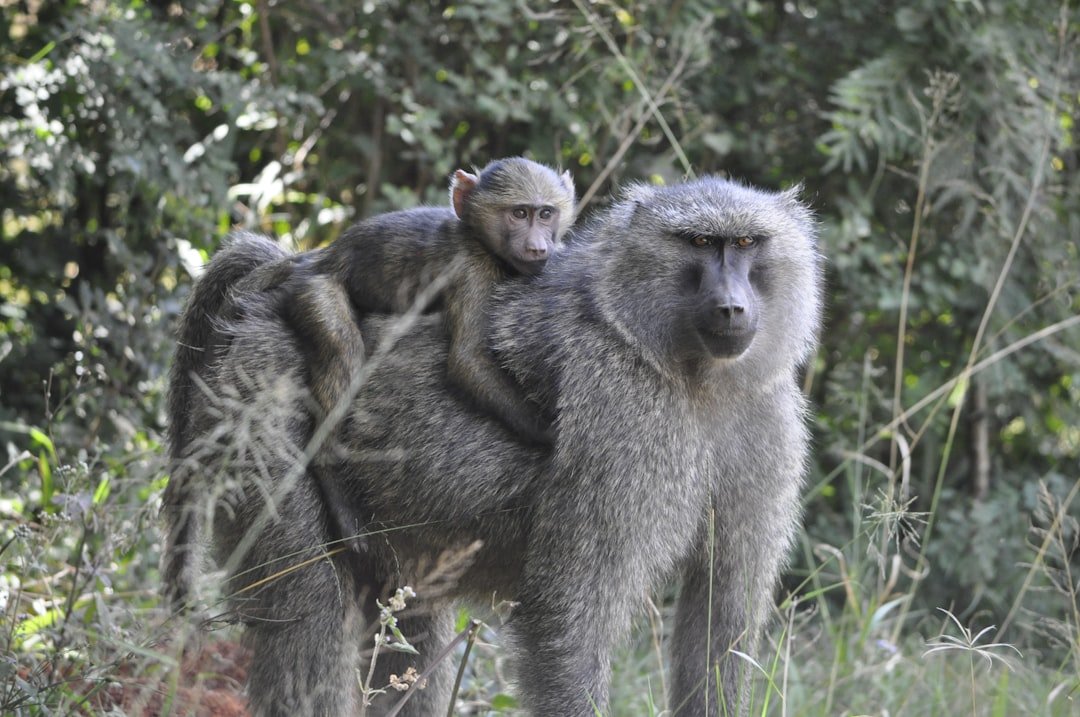
Movement is where this balance shows up most vividly. When primates face multiple good options – competing fruit trees, a distant stream, or a familiar sleeping site – no single animal can compute it all. Small cues accumulate: a glance back, a brief pause, a cluster forming around a path, a few steps that become a wave. Shared decisions often outperform top-down calls because they synthesize more knowledge and reduce risky gambles.
You can picture it like carpooling with a group of friends: one knows the shortcut, another knows where parking opens early, and together you land a better outcome than any one driver could. Power here is not a baton passed hand to hand; it’s the rhythm everyone follows when the beat becomes clear. That rhythm is frequently set, or at least steadied, by experienced females who track seasons like living calendars.
The Social Math: Coalitions, Kin, and Care
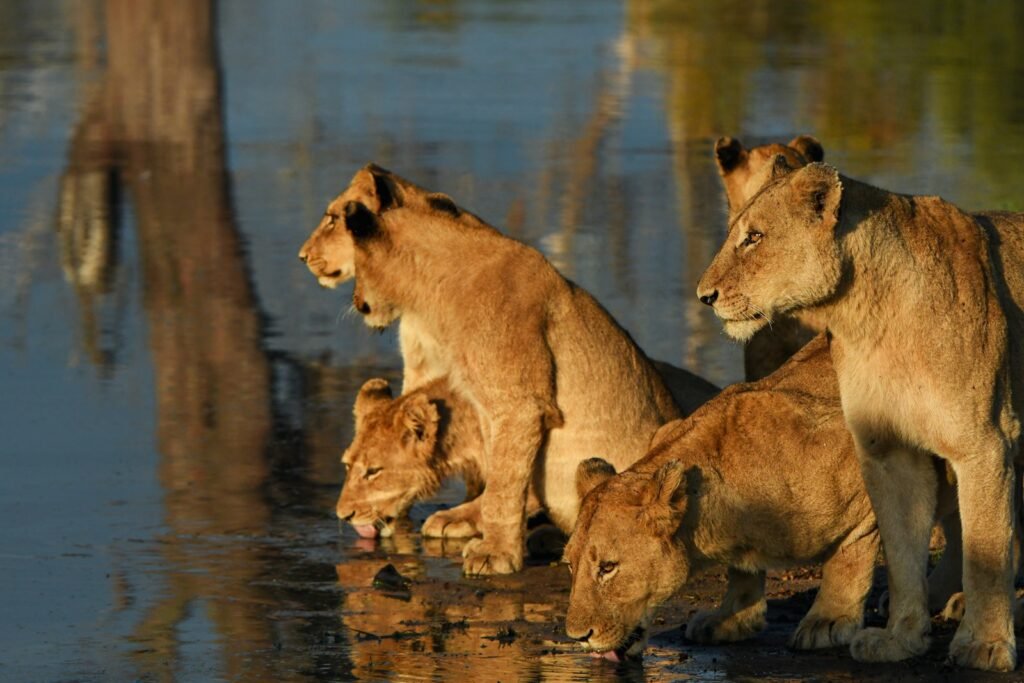
Females in many species inherit relationships from mothers, sisters, and aunts, building webs of support that last years. Those webs often translate into leverage during disputes and access to food that others can’t match. Add infant care to the equation – who helps, who holds, who shields – and you get a currency that buys time and safety without a single bite or lunge. Males, for their part, trade in different currencies: deterrence against rivals, alliances that open mating opportunities, patrols that project strength.
Because the currencies differ, they rarely convert one-to-one, so “who’s in charge” depends on which currency the moment demands. When the group is hungry, knowledge and kin support can trump muscle; when neighbors encroach, muscle and alliances surge in value. This seesaw keeps groups adaptable, especially in habitats that change from feast to famine in a few weeks. Balance isn’t a truce; it’s a pragmatic accounting.
Why It Matters
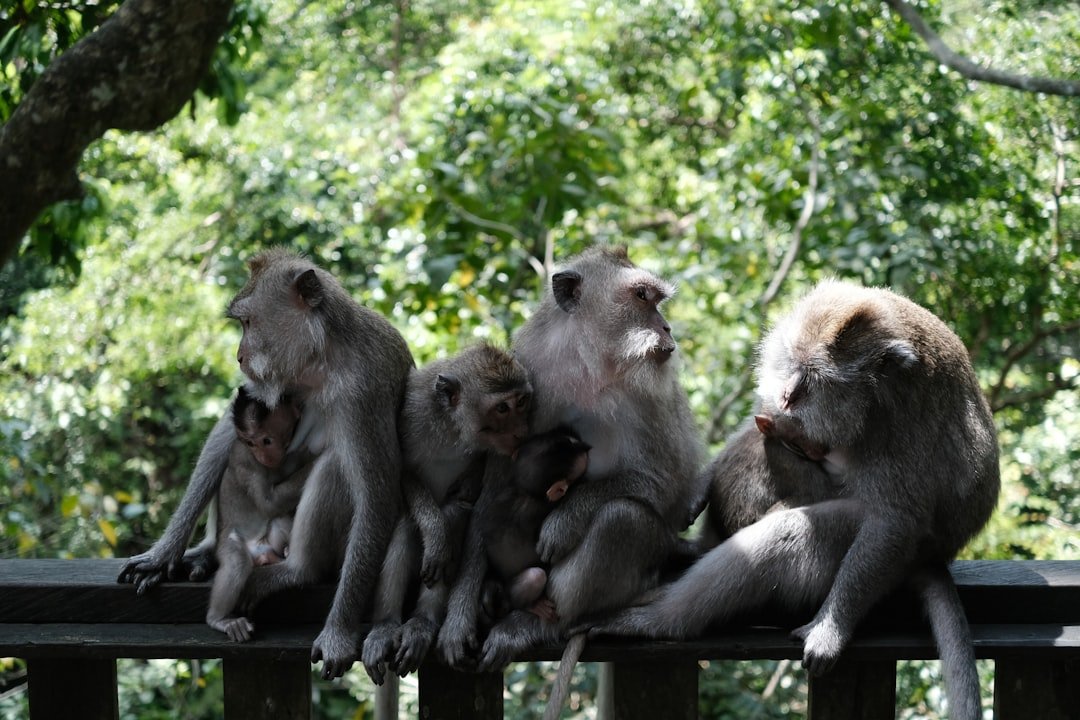
We’ve long used primates as mirrors for our own social stories, sometimes with more confidence than care. If you only see winner-takes-all dominance, you miss the way cooperation, memory, and caregiving drive stability. Recognizing distributed power forces science to refine its models of social evolution, from how intelligence scales with group complexity to why certain behaviors – like coalition-building – keep reappearing. It also reshapes conservation priorities: protect not just numbers, but the relationships and elders that hold knowledge.
There’s a practical angle, too. When researchers translocate groups or rebuild habitats, success often hinges on whether key social ties remain intact. Losing a few experienced females can quietly undermine travel choices, predator avoidance, and infant survival. The takeaway is blunt: safeguarding influence is as critical as safeguarding bodies.
The Future Landscape
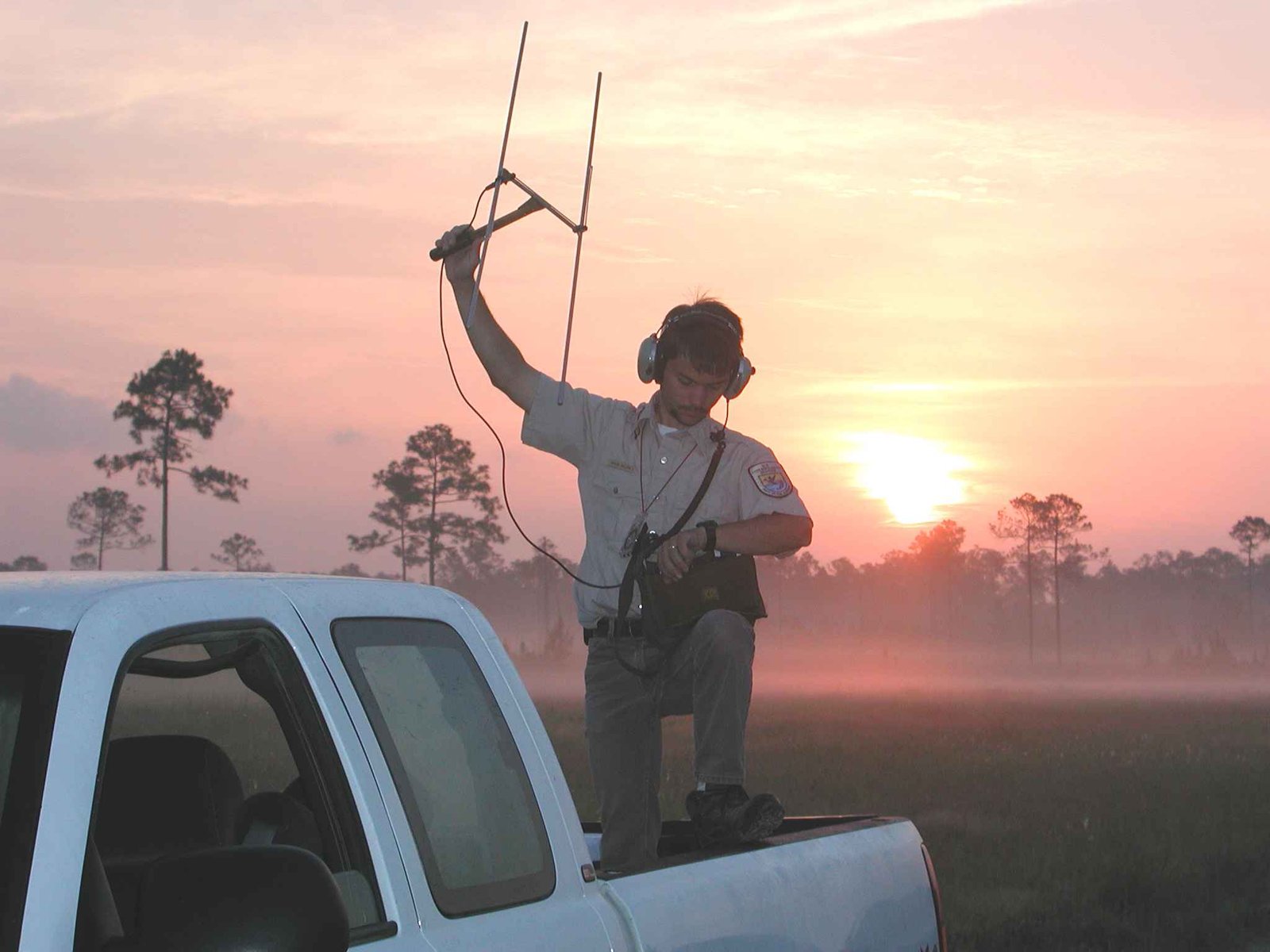
The next leap will fuse behavioral ecology with machine learning that can flag influence in real time – who nudges, who follows, who bridges cliques. Lightweight tags and solar-charged sensors will let scientists track whole troops for seasons without disruption, while improved computer vision distinguishes subtle gestures previously lost to the human eye. Expect models that predict when power will pivot from males to females based on fruiting cycles, rainfall, or neighbor pressure. That predictive edge could guide protected-area management, tourism practices, and conflict mitigation near farms.
Ethics must keep pace. More data can mean more stress if devices weigh down small bodies or extend surveillance beyond what’s necessary. The challenge is to learn more while intruding less, staying focused on welfare, not spectacle. The science will be judged not just by what it reveals, but by how gently it asks.
Conclusion

Start small: if you visit a park, skip the feeding and watch the choreography instead – who sets the pace, who gathers, who hesitates. Support reserves and research groups that prioritize long-term observation, because the story of shared power only appears when you zoom out. If you donate, look for projects that protect older females and strengthen habitat quality across seasons, not just headcounts. If you teach, retire the simplistic alpha myth and invite students to map the many ways power moves.
Most of all, stay curious; complexity is not a flaw in nature, it’s her signature. The more we learn to read those soft signals, the better we can keep wild societies whole. Isn’t it time our picture of power caught up with what the animals have been showing us all along?

Suhail Ahmed is a passionate digital professional and nature enthusiast with over 8 years of experience in content strategy, SEO, web development, and digital operations. Alongside his freelance journey, Suhail actively contributes to nature and wildlife platforms like Discover Wildlife, where he channels his curiosity for the planet into engaging, educational storytelling.
With a strong background in managing digital ecosystems — from ecommerce stores and WordPress websites to social media and automation — Suhail merges technical precision with creative insight. His content reflects a rare balance: SEO-friendly yet deeply human, data-informed yet emotionally resonant.
Driven by a love for discovery and storytelling, Suhail believes in using digital platforms to amplify causes that matter — especially those protecting Earth’s biodiversity and inspiring sustainable living. Whether he’s managing online projects or crafting wildlife content, his goal remains the same: to inform, inspire, and leave a positive digital footprint.


